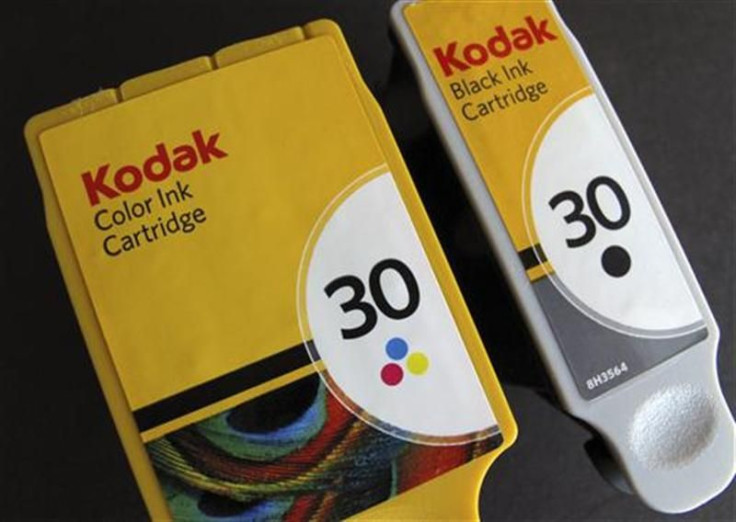Kodak: With Firings, Asset Sales, Company Should Emerge Trimmer, Expert Says

A trimmer downsized Eastman Kodak Co. (Pink: EKDKQ) ought to exit bankruptcy early next year if it succeeds with plans to sell its films and imaging operations and also keeps slashing its payroll, a veteran upstate New York bankruptcy lawyer said.
"There's a really good chance of success," said Robert J. Rock, partner with Tully Rinckey in Albany, N.Y. "I really do."
Not involved in the case of the collapsed Rochester, N.Y. imaging giant, Rock, who's handled corporate bankruptcy cases more than 30 years, made several predictions about Kodak, whose market capitalization has shriveled to only $58 million from $1.2 billion since 2003.
First, after firing 2,700 since filing for bankruptcy protection in Manhattan on Jan. 19, Kodak will fire another 1,000 by year-end, as it advised the U.S. Securities and Exchange Commission on Monday. That will lower the remaining payroll to around 13,400, compared with as many as 145,000, mostly in upstate New York, in its heyday.
"The first thing you have to do is curtail costs, overhead," Rock said. "Some jobs have to be sacrificed to save the enterprise."
U.S. Bankruptcy Judge Alan Gropper is likely to OK the firings, Rock said, because he wants to keep a smaller Kodak alive. Labor groups have opposed the job cuts.
Next, Kodak will sell two units, document imaging and personalized imaging, but for prices far below expectations, the lawyer said. The discounts are because of the bankruptcy, which means any bidder won't need to pay full price.
Before its bankruptcy, Kodak, under CEO Antonio Perez, a former head of the printers business for Hewlett-Packard Co. (NYSE: HPQ), the No. 1 maker of printers, had already hived off medical imaging, digital camera manufacturing, light management films, organic light-emitting diode businesses to others.
Perez wants to refocus a smaller Kodak solely on printers, graphics and entertainment and commercial films.
Meanwhile, Perez shouldn't count on getting anything like the $2 billion he'd planned selling about 1,100 imaging patents to technology bidders known to include groups including Apple (Nasdaq: AAPL), the world's most valuable technology company, as well as Google (Nasdaq: GOOG), the No. 1 search engine.
"He's not asking for the right price," Rock said. As with sales of Kodak businesses, the overall value of the patents has been sharply diminished by the company's bankruptcy. During the third and fourth quarters of 2011, Perez repeatedly held out hope for the auction cash to keep Kodak's businesses alive.
Kodak filed for bankruptcy after lackluster sales in last year's holiday season amid blistering competition from Japanese competitors like FujiFilm (Pink: FUJIY) and Canon Inc. (NYSE: CAJ). In its most recent filings, Kodak said its cash position on July 30 had dwindled to only $72 million.
Kodak started the auction after an Apple-led syndicate won a bigger patent portfolio from bankrupt Nortel Networks of Canada last June. Investment bankers specializing in intellectual property said Kodak's portfolio might be valued as high as $3 billion.
Meanwhile, Rock said, there's other fallout from big bankruptcies and layoffs, as other businesses that counted on employees suffer. "I've just handled the cases of three marinas that went out of business," he said. Their customers were all laid off.
Kodak shares traded for only 21.5 cents in midday Tuesday trading.
© Copyright IBTimes 2024. All rights reserved.












